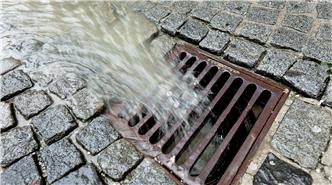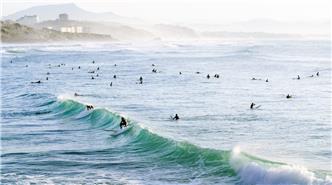The mission
The water company was facing challenges as the infrastructure wasn’t designed to meet the new 21st century wastewater system regulations.
Their challenges were led by overflows at 15%, well above the 4% permitted. They also had limited measurement points on the network and unused capacity at the wastewater treatment plant. Initially their plans focused on building expensive ‘grey’ infrastructure.
Our solution
The utility worked with SUEZ and chose AQUADVANCED® Urban Drainage.
There are three levels to this software and this utility chose to deploy the Advanced Control module, a full 360° automated option that increased control over the whole urban drainage system. At this level, the software facilitates the system to keep potential overflows within the network, using regulation devices. AQUADVANCED® Urban Drainage enables the calculations of optimized or optimized operation strategies depending on the network performance as well as current and future weather conditions. The set of strategies are used in real-time, controlling the regulation devices on the network.
The result
The Advanced Control module of the software added value to the management of the wastewater network by not only cutting investment and operating costs, but also by saving valuable time previously dedicated to network data visualization, management and reporting. The system outperformed the legal requirements of the regulator.
Specifically, it enabled the operators:
- Anticipate levels at any point in the network for the next 3 hours
- Detect anomalies and support equipment maintenance
- Visualise rainfall intensities of the past days, zooming in on the map to identify rain on a particular area
- Control the network automatically and in real-time depending on the weather conditions
- Visualise all the operation in a single platform, accessed remotely using different devices
- Have a better understanding and forecast the impact in the receiving environment
- Easily identify the location and impacts of impervious surfaces
- Monitor the energy consumption and flow of each pump in the pumping station.
These features have enabled the following tangible benefits:
- Complying the regulation – decreasing overflows by a staggering 75%
- Reducing the implementation costs by 55%.

AQUADVANCED® Urban Drainage : Real-time optimisation of network operations to reduce overflows and achieve compliance
620KB
PDF



